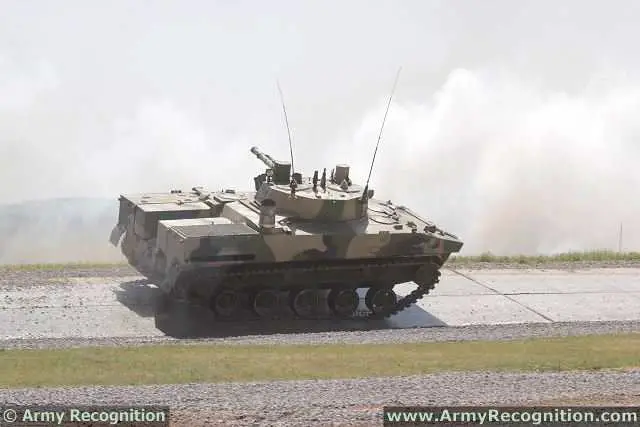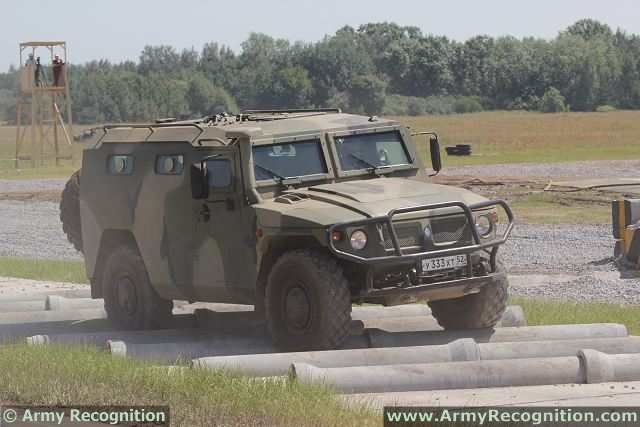| a | |||
Defence & Security News - Russia |
|||
| |
|||
| Sunday, May 12, 2013 01:00 PM | |||
| Russian army airborne troops rearmament to be completed in the next five years. | |||
The rearmament of Russia’s paratroopers should be completed in the
next three to five years, Col. Gen. Vladimir Shamanov, commander of the
Airborne Forces, told journalists on Saturday, May 11, 2013. |
|||
 BMD-4M airborne armoured infantry fighting vehicle in live demonstration at Defence Exhibition in Moscow. |
|||
“The main aim of Air Force command… is the
general rearmament of troops in the shortest time possible, in the next
three to five years. … Three airborne combat vehicles should be
able to be transported in and air dropped from one plane. At the same
time, the armored protection and weaponry of the airborne combat vehicles
must conform to the most cutting-edge requirements,” Shamanov
said. |
|||
Shamanov
also said on Saturday that Air Force command is considering options for
arming reconnaissance and special operations troops and support units
with light-armored vehicles. “The Tigr 4x4 tactical armoured vehicle family has proved quite good, but in order to make a final decision, it’s essential to carry out a full range of tests, including testing their capacity for being dropped from military transport planes,” said Shamanov. On Friday, Shamanov said that Russian paratrooper divisions would receive unmanned aerial vehicles (UAVs or drones) within the next three to five years. In January, Shamanov oversaw tests on a prototype Russian-made compact reconnaissance complex, named Seeker. Seeker comprises a base station carried in a rucksack, a tablet computer showing images from the drones’ cameras which also serves as a control unit, and two T-4 unmanned aerial vehicles weighing 1.3 kilograms each. With 40 minutes endurance, they produce their optimum picture at an altitude of 200 meters, but have a service ceiling of 4,000 meters. They have electric motors and a wingspan of 0.6 meters. The approximate cost of the Seeker complex, with two drones, is about 3 million rubles, which at today’s exchange rates, works out at about $96,000. |
|||
Russian army airborne troops rearmament to be completed in the next five years 1205133
- Posted On















